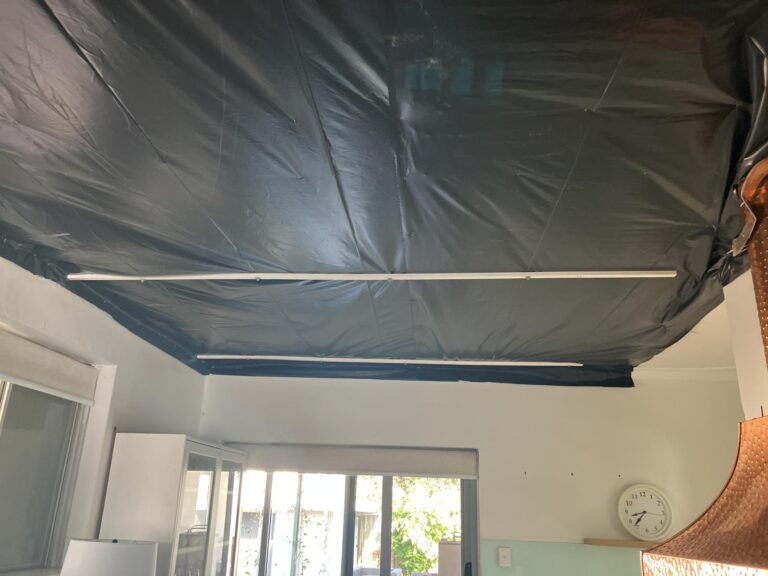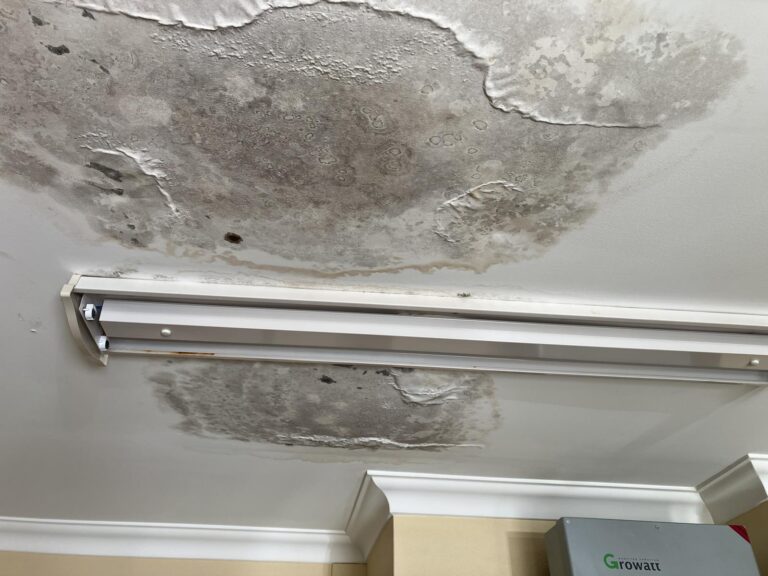Introduction:
As a property assessor, one of the hardest parts of the job is explaining to a homeowner why their insurance claim for water damage has been declined. Often, it’s due to a fundamental misunderstanding of how home insurance policies respond to roof and water-related issues. Policies aren’t maintenance contracts, they’re designed to cover specific unexpected events. Understanding this distinction is crucial for every Perth homeowner.
The Core Principle: Sudden and Accidental
Most Australian home and contents insurance policies are built around the concept of covering damage caused by sudden and accidental events. When it comes to water damage from your roof this is the key differentiator:
-
Covered (Typically): Damage caused by a sudden event like a tree falling on your roof, a vehicle impacting your house, a storm causing sudden wind uplift that rips off roof sheets or tiles, or a sudden unexpected burst pipe within the roof cavity. The damage caused by these events is usually covered.
-
Not Covered (Typically): Damage caused by gradual deterioration, wear and tear, rust, corrosion, mould, insect or vermin activity, or poor maintenance over time. This includes slow leaks from failed pointing, perished seals, cracked tiles that have been leaking for months, or blocked gutters causing long-term overflow damage to eaves and walls.
The ‘Lack of Maintenance’ Clause
This is where many claims falter. Policies typically contain exclusions for damage resulting from a lack of maintenance or pre-existing faults you were aware of (or reasonably should have been aware of). If an assessor finds that the cause of water ingress was due to, for example heavily corroded valley irons that have rusted through over years, cracked pointing that has crumbled away over time, or tiles that have been dislodged for an extended period, the claim for the resulting water damage (e.g., stained ceiling, damaged plaster) is likely to be declined. The damage wasn’t sudden, it was the consequence of a developing issue that should have been addressed through maintenance.
Common Misunderstandings I See:
-
“It’s leaking, so it must be covered” The leak itself isn’t the insured event; it’s the cause of the leak and how quickly it occurred that determines coverage.
-
“The damage is really bad, surely that counts”: The extent of the damage doesn’t override the cause. Extensive mould and rot are clear indicators of long-term, gradual water ingress, not a sudden event.
-
“They’ll fix the source of the leak”: Policies usually cover the resultant damage (your ceiling, walls, floor), not the cost to repair or replace the faulty item that caused the leak itself (e.g., the broken tile, the rusted valley iron, the perished seal).
-
“Leak detection is covered”: While some policies offer limited benefits for non-invasive leak detection, invasive methods or the damage caused by exploratory work may not be fully covered.
Protecting Yourself & Your Property:
-
Read Your PDS: Understand the sections on ‘Escape of Liquid,’ ‘Water Damage,’ ‘Storm,’ ‘Impact,’ and importantly the ‘General Exclusions’ regarding gradual damage, wear and tear and maintenance.
-
Prioritise Maintenance: Regular inspections (as discussed in our other blog post!) and addressing minor issues promptly are the best defence against uninsured gradual damage.
-
Act Fast After an Event: If damage occurs due to a sudden event (storm, impact), take immediate steps to prevent further loss (this is your ‘duty to mitigate’ as per the policy and see our Make Safe post!).
Understanding these basics empowers you to manage the risks to your property effectively and know when you have a valid claim based on an insured event. Don’t wait for a denied claim to learn about your policy’s limitations.





